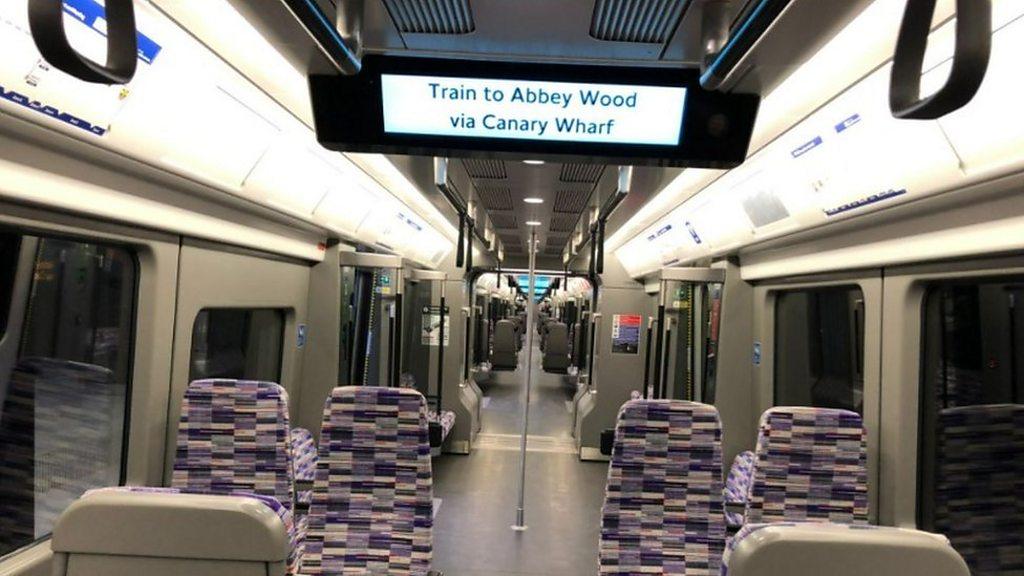What happens to the clay from Crossrail?
- Published
- comments
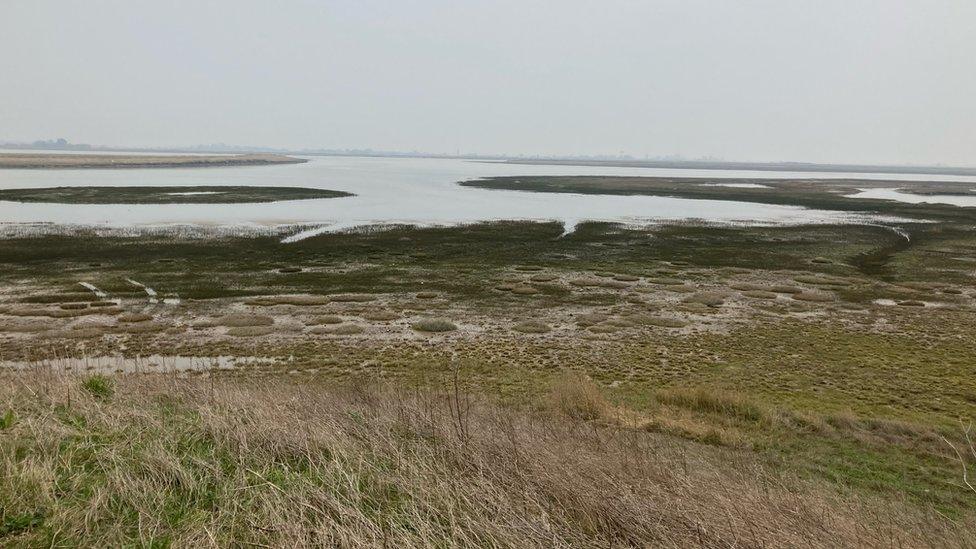
When Crossrail's tunnels were bored, millions of tonnes of clay was dislodged. Where did it end up?
It is a wild, barren landscape with not much around apart from thousands and thousands of birds.
On the Essex coast is a landscape that has been created with the help of Crossrail.
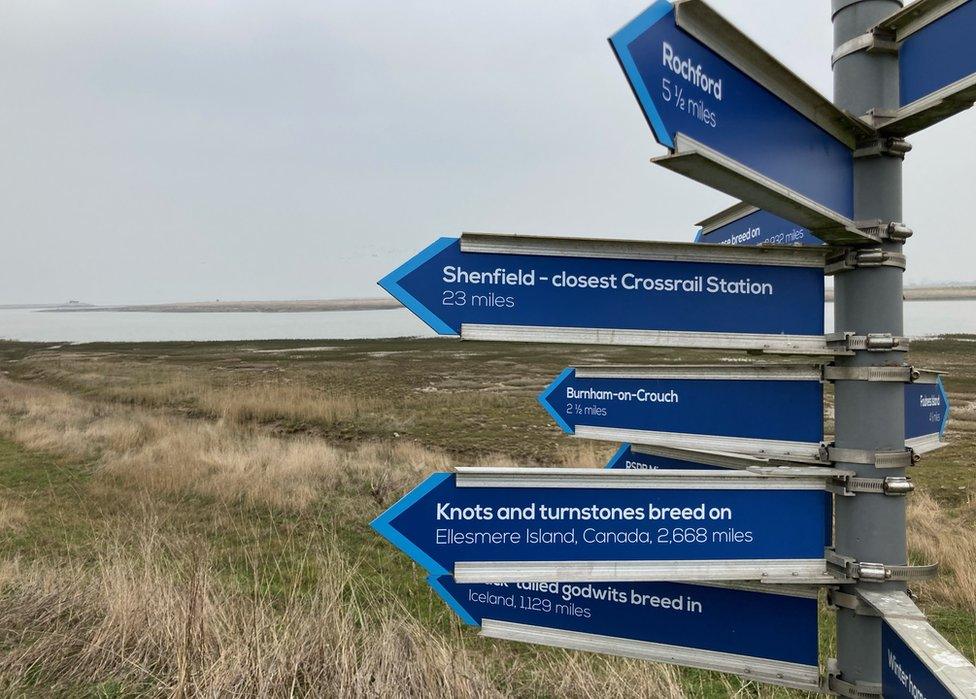
This is RSPB Wallasea and it's been created from the spoil from the Crossrail tunnels.
Millions and millions of tonnes of London clay were carried out here by boat.
What it has done is raise the ground level of the area - it was previously fields reclaimed from the sea.
Lagoons and rivers have been created with the mud which flood when the tide comes in.
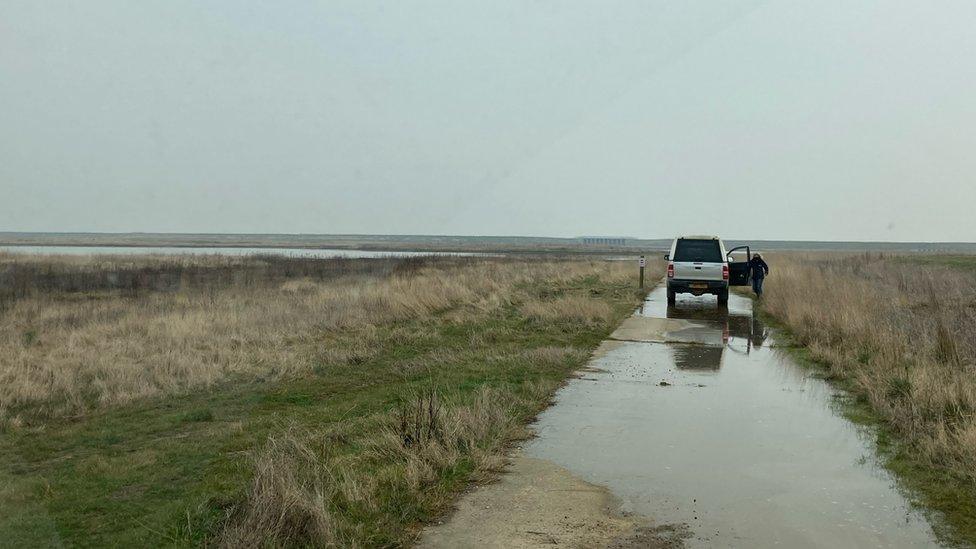
It is now a vital habitat for birds and creates a link between other habitats right along the east coast.
Crossrail will change how many people travel in London.
Part of its legacy is this huge man-made nature reserve on the Essex coast.
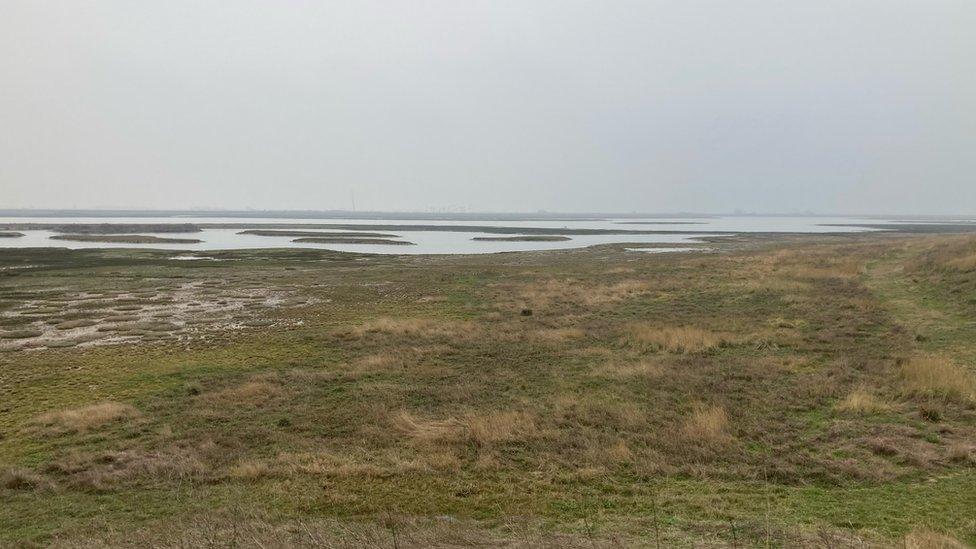
- Published14 March 2022
- Published25 January 2022
